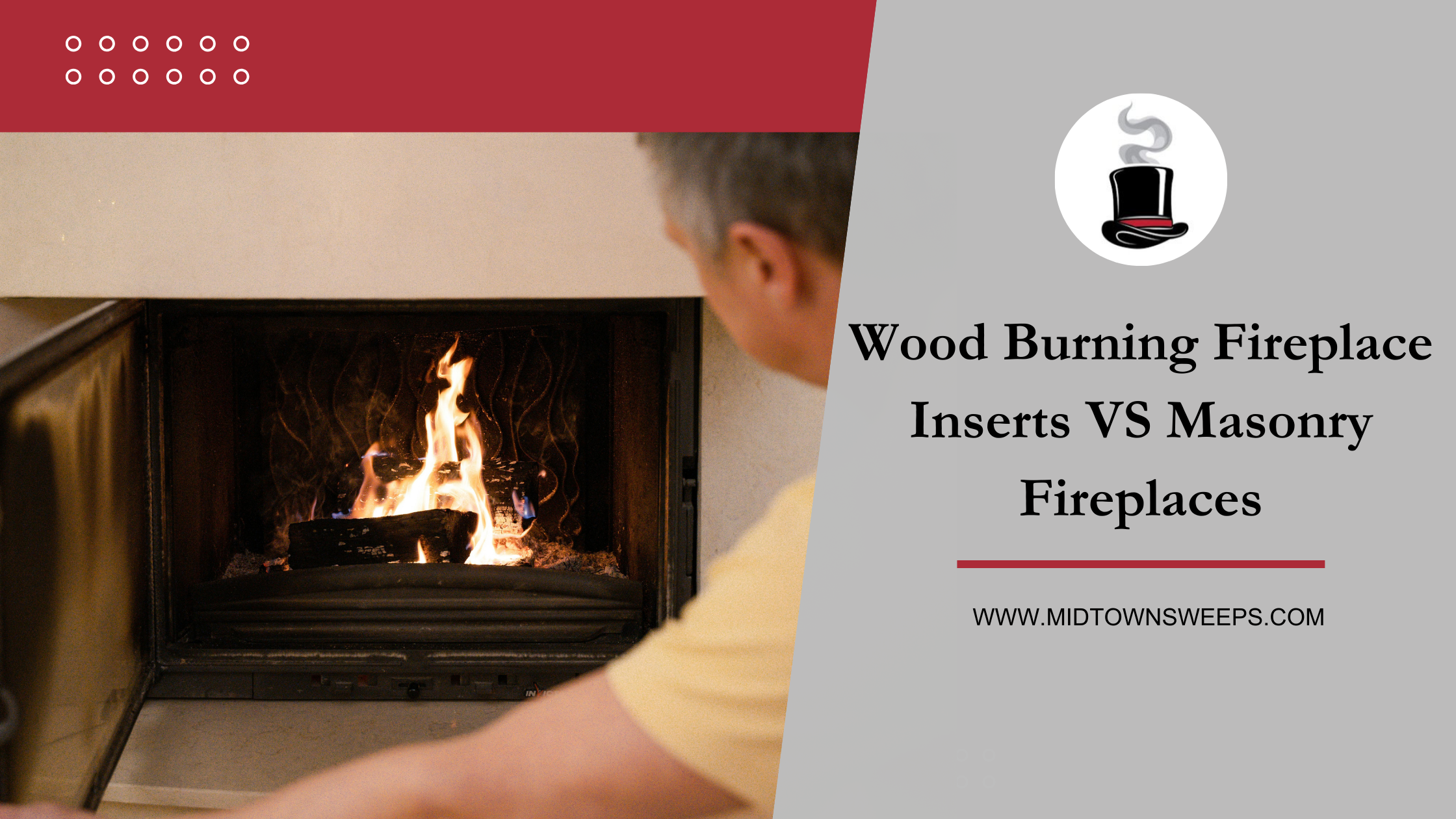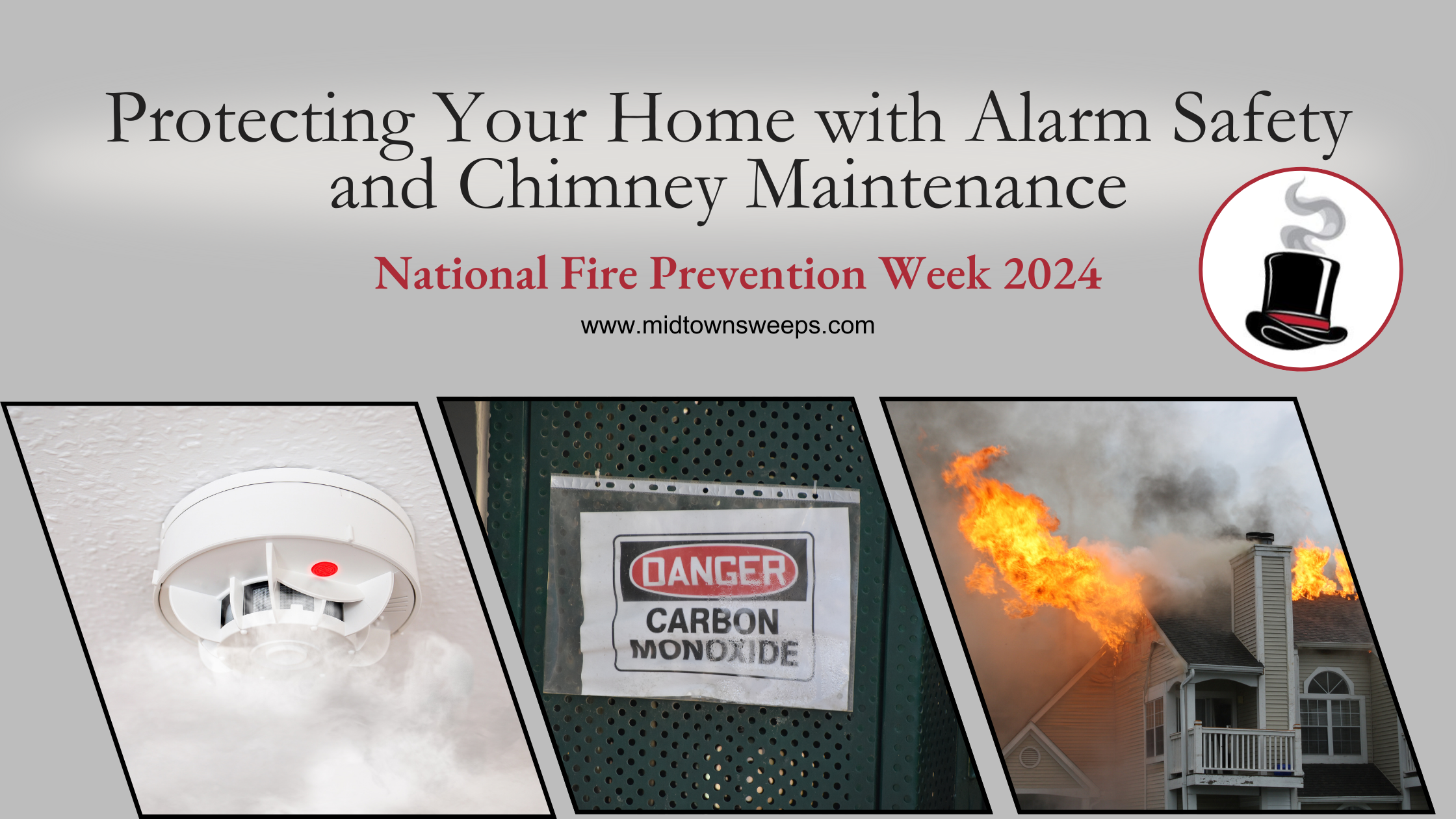To make a house warmer, many homeowners choose to install either a wood or gas fireplace. Fireplaces are among the most desired features that new home buyers consider for their dream living space. These features also have the potential to increase the value of your home. But there is also the aspect of what fuels your fireplace. Most people are used to wood, but gas is becoming more popular as designers come up with more interesting fireplace design ideas. For this reason, you may want to do a fireplace upgrade by switching from wood to gas fireplace.
Let’s look at other reasons why switching to gas is worth it.
Benefits of a Gas Fireplace
Below are some benefits of installing a gas fireplace.
Low Maintenance
A gas fireplace requires minimal cleaning and maintenance. Unlike a wood fireplace that needs regular cleaning of ashes together with the chimney to avoid creosote buildup, there is also no need to go to chop wood and pack it into the fireplace, which means less work for you.
Provide continuous heat
Fire from gas needs no tending. So there is no worry of heat dying if you leave it unattended. The heat here can also be regulated using a wall thermostat to ensure that the room maintains a required room temperature.
Easy operation
With just one click of the switch, you can turn the gas fire on and off and warm your room instantly. This is a different case from a wood fireplace, where you need to chop wood, stack it and store it.
Some other fireplaces come with remote control. This feature makes it easier for anyone in the house to control. In addition, other models have timers to help the user set up a time to turn off automatically in case they forget to turn off the switch.
Environmentally friendly
A gas-burning fireplace is much cleaner when burning compared to its wood-burning counterparts. As wood burns, it produces gas in the form of carbon dioxide, which is an environmental pollutant. Gas fireplaces do not have emissions, thus providing cleaner air.
Stylish
Gas fireplaces provide a robust and aesthetic style. Numerous styles and designs with gas fireplaces can add value to your interior space. Think of a new look of beautiful grates over natural-looking logs. This is definitely awesome.
Cost of changing from wood to gas fireplace
The above benefits can give you reasons to think of a fireplace upgrade. But how much will it cost you to upgrade from wood to gas?
The cost of installing a gas fireplace will depend on whether it’s vented or not vented. In many cases, a vented one will cost about $200 higher than a vent-free one. On average, expect to pay $500 to $2500 or higher depending on the installation complexities as well. For example, IOt would cost higher if the installers have challenges getting the gas lines to your home.
Gas Fireplace Types
There are 3 types of fireplaces:
- Vented gas fireplace
- Direct vent fireplace
- Vent-free fireplace
Vented Gas Fireplace
In a vented gas fireplace, gas logs are installed to an existing wood fireplace to change it to its gas counterpart. The gases produced from the fire here, together with smoke, travel up and out the existing chimney. The system is ideal for homeowners with wood fireplaces who want to install gas logs.
Direct Vent Fireplace
A two-layer pipe is connected from outside the room to the fireplace unit in a direct vent fireplace. This pipe allows air into the fireplace and expels gases out. Because of this, many people consider a direct vent fireplace the safest gas fireplace option because it can utilise air from outside and expel gases such as carbon monoxide outside.
Vent-free gas fireplaces
Vent-free gas fireplaces can be installed anywhere in the house. In addition, they also produce a lot of heat compared to others. This is because they have no exterior vents. Thus, there is no heat lost to the outside.
However, manufacturers recommend that windows remain open while the vent-free unit is in use. This prevents indoor air pollution that may occur anyway.
Conclusion
Installation of these fireplaces needs a professional technician. Another thing is the cost of installation, which homeowners should consider. All you need is to get a technician, assess and determine the type of fireplace install you need.












